German blue ram cichlids stand out with their bright colors and bold nature. When they’re healthy and ready to breed, they show off almost every color of the rainbow. These fish, also known as Ram cichlids or Mikrogeophagus ramirezi, come from the Orinoco River in Colombia and Venezuela. They are a type of South American dwarf cichlid.
The name “German blue” comes from a special color type of ram cichlid. This color was bred in Germany and became a hit in the aquarium trade around the world.
What is a Ram Cichlid?
Ram cichlids, also known as Mikrogeophagus ramirezi, are a beautiful South American dwarf cichlid. They are also known as blue ram, German blue ram, butterfly cichlid, and Ramirez’s dwarf cichlid. These fish come in many shapes and colors, making them a favorite among aquarium lovers.
Origins and Types of Ram Cichlids
There are different types of ram cichlids, like regular, long fin, and balloon rams. The most common colors are German blue rams, gold rams, and electric blue rams. Recently, a black version of the Mikrogeophagus ramirezi was introduced, but it’s hard to find.
Size and Lifespan of German Blue Rams
Blue rams usually grow to be 2-2.5 inches (5-6 cm) long. They are a bit smaller than the Bolivian ram cichlid (Mikrogeophagus altispinosus). With good food and clean water at the right temperature, ram cichlids can live up to 4 years.
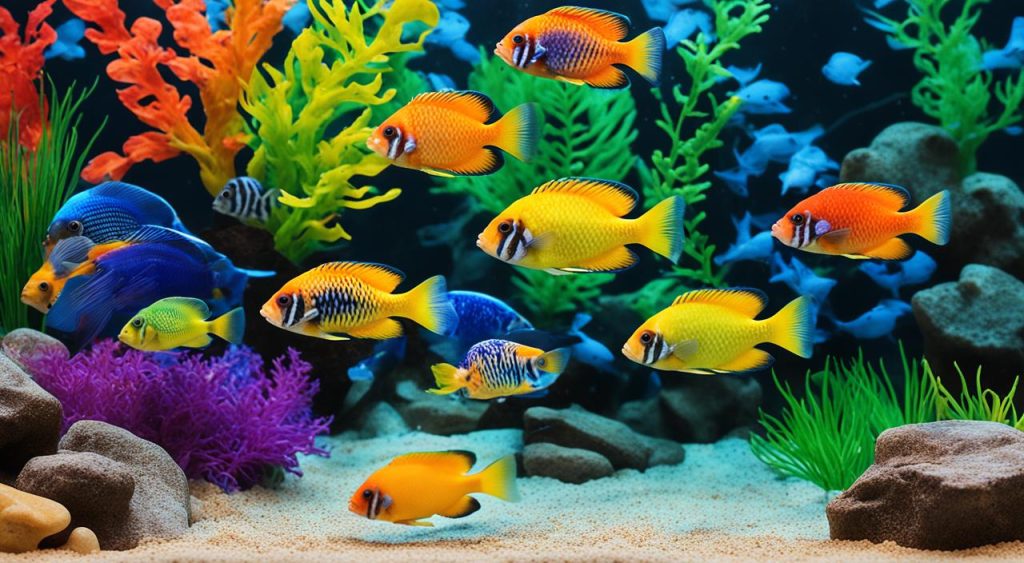
“The mikrogeophagus ramirezi is a true gem in the aquarium hobby, captivating hobbyists with its vibrant colors and engaging behavior.”
Selecting Healthy Ram Cichlids
When buying ram cichlids, it’s key to pick healthy and lively ones. These fish can brighten up your aquarium. But, they need careful thought when choosing.
Where to Buy Ram Cichlids
You can find ram cichlids from many places like fish farms and aquarium stores. For healthy fish, go for reputable local breeders or known aquarium stores. Stay away from shady online sellers or big retail stores. These places might not treat the fish well or ship them safely.
Identifying Male and Female Rams
When picking a male and female ram pair, look for these signs:
- Males show off bright colors and have long dorsal and pectoral fins.
- Females are less colorful but might have small, bright blue dots near their black spot.
Choosing a pair that already shows signs of being together can help with breeding in your tank.
| Characteristic | Male Ram Cichlid | Female Ram Cichlid |
|---|---|---|
| Body Size | Up to 6 cm (2.4 inches) | Rarely more than 4 cm |
| Coloration | Vibrant, with extended fins | Subdued, with blue dots in black spot |
| Behavior | Territorial, may spar for spawning spots | Less aggressive, often paired with a male |
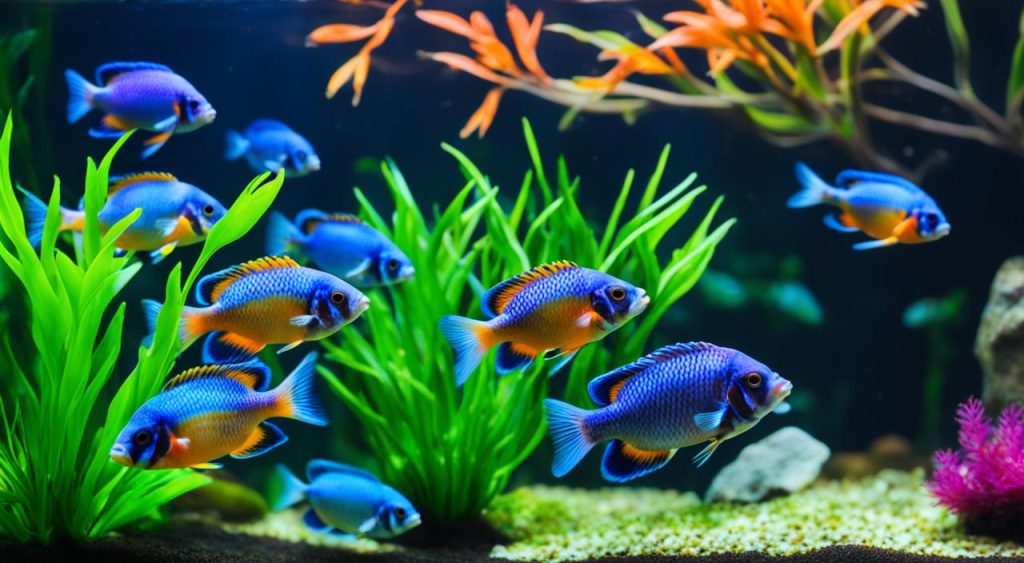
Choosing healthy ram cichlids from good sources and picking the right males and females boosts your chances of success. You can enjoy these lovely dwarf cichlids in your aquarium.
Setting Up the Ram Cichlid Tank
Creating the perfect home for your vibrant ram cichlids is key to their health and happiness. These beautiful fish need certain water conditions and tank setup to do well in your ram cichlid aquarium.
Ideal Water Parameters
Ram cichlids, like the popular German blue rams, love warm, soft water. Keep the water temperature between 84-86°F (29-30°C) for them. Choose live plants that can handle the warm water too.
These fish can adjust to different pH levels but prefer soft water or low GH conditions. If your tap water is hard, use RODI (reverse osmosis de-ionized) water or add Indian almond leaves and driftwood to soften it.
| Water Parameter | Ideal Range |
|---|---|
| Temperature | 84-86°F (29-30°C) |
| pH | 6.0-7.5 |
| General Hardness (GH) | 2-8 dGH |
| Ammonia | 0 ppm |
| Nitrite | 0 ppm |
| Nitrate |
Keeping your ram cichlid tank setup water clean is crucial for their health. Do partial water changes of at least 25% every week to keep the water fresh.
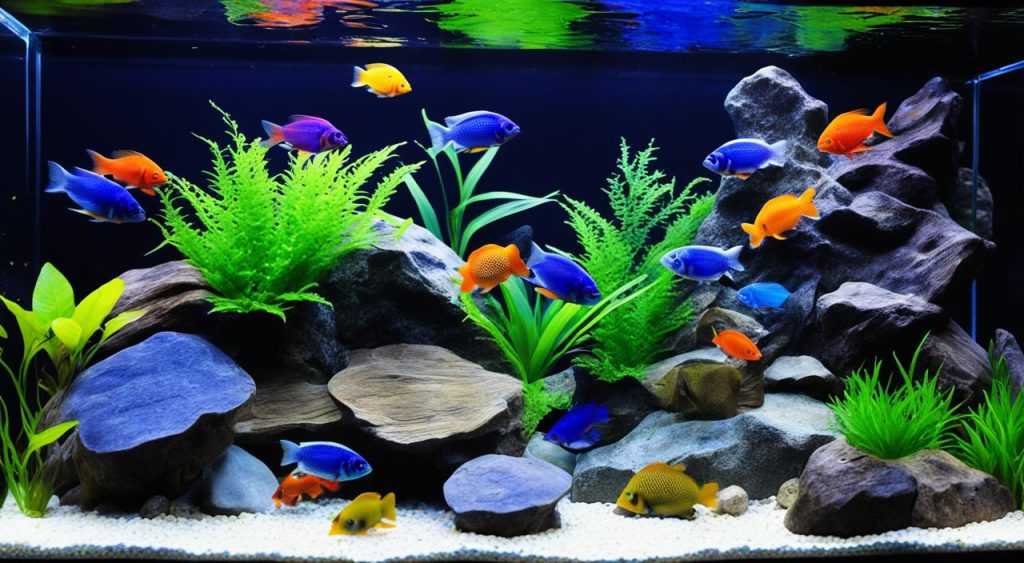
Ram Cichlid Tank Mates
Choosing the right tank mates for ram cichlids is key. These colorful fish do well in community tanks. But, make sure they live with fish that like the same warm water and won’t eat them.
Good friends for community fish with ram cichlids are tetras, Sterbai cory catfish, plecos, discus, angelfish, and other small cichlids. These fish get along well with rams, making a lively and balanced tank. Stay away from fast fish that might steal their food, and big fish that might eat them.
| Recommended Tank Mates for Ram Cichlids | Unsuitable Tank Mates for Ram Cichlids |
|---|---|
| Tetras Sterbai Cory Catfish Plecos Discus Angelfish Other Dwarf Cichlids | Fast-moving Fish Larger Predatory Fish Aggressive Cichlids Chinese Algae Eaters |
Remember, the tank size matters when choosing ram cichlid tank mates. A pair of rams can do well in a 20-gallon or a 10-gallon tank. But, if you have two pairs, go for a 40-gallon tank to give them enough room and prevent fights.
By picking the right tank mates and creating a good home, you can watch your ram cichlids thrive in a beautiful community tank.
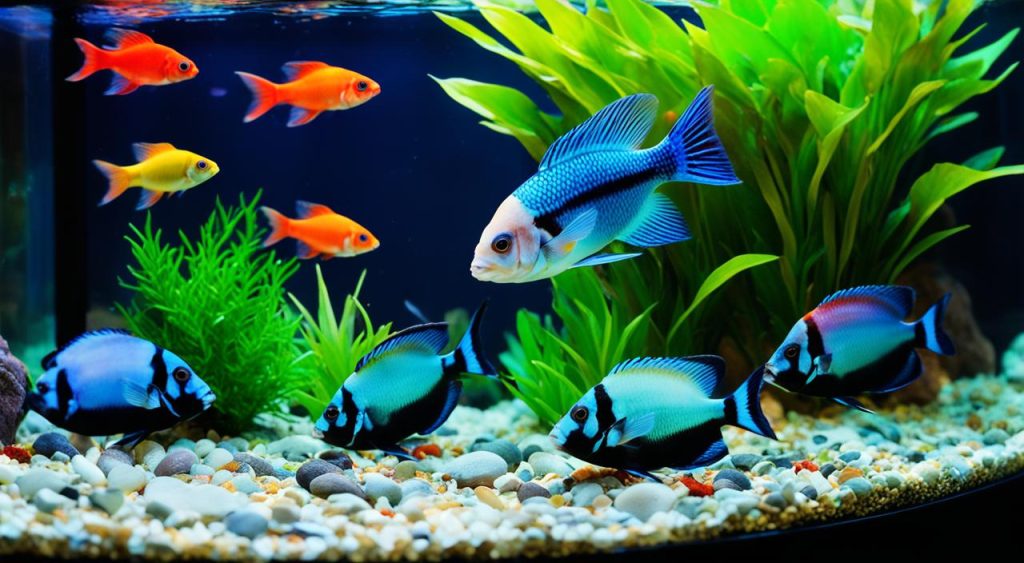
Ram Cichlid: Perfect for Your Aquarium
German blue ram cichlids are vibrant, confident, and peaceful fish. They are a great choice for any aquarium. With the right care and setup, they can add beauty and life to your tank.
These fish grow to be about 2-2.5 inches long. They live up to 4 years with the right care. A 20-gallon tank is perfect for a pair of rams, or you can use a 10-gallon tank just for breeding.
For two pairs of rams, a 40-gallon tank is ideal. They get along well with many fish like tetras and plecos. Just make sure the tank can handle the rams’ preferred warm temperatures.
| Reason | Benefit |
|---|---|
| Vibrant Colors | Stunning visual appeal in the aquarium |
| Confident Personality | Engaging and interactive fish to observe |
| Peaceful Nature | Compatible with a variety of community fish |
Ram cichlids are perfect for those who want to add color and character to their aquarium. They are easy to care for and can become the stars of your tank. With the right environment and tank mates, they will thrive and be a joy to watch.
Feeding German Blue Rams
German Blue Rams, a popular dwarf cichlid, need a balanced diet to stay healthy and colorful. They are not picky, making them easy to feed in aquariums.
These fish enjoy both dry and frozen foods. Good dry food choices include sinking pellets and freeze-dried bloodworms. Freeze-dried tubifex worms, frozen brine shrimp, cyclops, bloodworms, and mysis shrimp are also great.
- Sinking pellets
- Freeze-dried bloodworms
- Freeze-dried tubifex worms
- Frozen brine shrimp
- Frozen cyclops
- Frozen bloodworms
- Frozen mysis shrimp
Feed German Blue Rams a varied diet twice a day when they are young. Once they grow up, feed them once a day. Don’t overfeed to avoid water quality problems and fish health issues.
| Feeding Recommendation | Details |
|---|---|
| Frequency | Twice a day for juveniles, once a day for adults |
| Food Types | Sinking pellets, freeze-dried foods, frozen foods |
| Portion Size | Only what the fish can consume in a few minutes |
| Waste Removal | Siphon out any uneaten food to maintain water quality |
Give your German Blue Rams a varied and balanced diet. This will help them stay healthy, colorful, and happy in your aquarium.
Breeding Ram Cichlids
Breeding ram cichlids is rewarding for aquarium fans. These colorful fish are peaceful and popular for home tanks. But, breeding and raising ram cichlid fry needs some prep and focus.
Setting Up a Breeding Tank
For a great ram cichlid breeding tank, start with a 10-gallon tank. Add a lid and a dark background to make the rams feel safe. Use fine gravel on the bottom, a sponge filter, and an adjustable heater to keep the water right, between 84-86°F (29-30°C).
Give them places to lay eggs like flat rocks, terracotta pots, and Java moss. They can lay up to 500 eggs at once.
Caring for Ram Cichlid Fry
After the rams spawn, you might need to move the adults to keep them from eating the eggs or fry. Put the eggs in a special container with some methylene blue to stop fungus. The fry will hatch in 3-5 days. Then, start changing the water daily and feed them infusoria and powdered fry foods.
Raising ram cichlid fry is tricky, but with the right care, you can grow your own colony. These dwarf cichlids are beautiful and rewarding to breed.
| Key Considerations for Breeding Ram Cichlids | Details |
|---|---|
| Tank Size | 10 gallons for a breeding tank, 20-40 gallons for a community tank |
| Water Parameters | Ideal temperature: 84-86°F (29-30°C), pH: 6.0-7.5, soft to medium-hard water |
| Egg Laying | Rams can lay up to 500 eggs during a single breeding session |
| Fry Care | Use a specimen container with methylene blue, feed infusoria and powdered fry foods |
Introduction to Dwarf Cichlids
Ram cichlids are part of the dwarf cichlids, small, peaceful fish for community tanks. They include the popular German Blue Ram, the colorful Apistogramma, and the interesting Dicrossus. These small cichlids show off beautiful colors and fun behaviors, making them great for aquariums.
These fish are usually under 3 inches long and come from South America. Some, like the Kribensis cichlid, are easy for beginners because they are tough. But, some need special care. Still, they bring a unique and fun experience to aquariums for all levels of hobbyists.
| Dwarf Cichlid Species | Origin | Average Size | Suitable for Beginners |
|---|---|---|---|
| Apistogramma | South America | 2-3 inches | Varies by species |
| Dicrossus | South America | 2-3 inches | Intermediate |
| Kribensis | West Africa | 2-3 inches | Yes |
| German Blue Ram | South America | 2-3 inches | Intermediate |
Dwarf cichlids have different eating habits, from eating small insects to liking plants. Some are predators, while others eat more plants. You need to know their tank needs and how they get along with other fish. Doing your homework is key to choosing and caring for these interesting dwarf cichlids.
Community Experience with Ram Cichlids
Ram cichlids can be a great addition to your aquarium, but you need to plan and research first. Beginners should start with easier fish before trying rams, as they are sensitive to water quality. With the right setup and care, rams can live peacefully with other small fish and add life to your tank.
Online forums are full of hobbyists sharing their ram cichlid experiences. Many say rams do well with fish like tetras and loaches, as long as there are plenty of hiding spots and good water quality. But, it’s important to avoid putting rams with fish that could eat them or fit in their mouths.
For tips on keeping ram cichlids, the community says focus on clean water, a big enough tank, and the right number of fish. Following these tips and creating a suitable home can help you enjoy the beautiful colors and charming nature of ram cichlids in a community tank.
FAQ
What is a ram cichlid?
Ram cichlids, also known as Mikrogeophagus ramirezi, are small fish from South America. They live in the Orinoco River basin in Colombia and Venezuela. They stand out with their bright colors and bold nature.
What are the different types of ram cichlids?
There are many colors of ram cichlids, like German blue, gold, and electric blue. You can also find regular, long-fin, and balloon rams in pet stores.
How big do ram cichlids get and how long do they live?
Regular blue rams grow to be 2-2.5 inches long. They live up to 4 years with good food and clean water.
Where can I buy healthy ram cichlids?
You can buy ram cichlids from fish farms or local breeders. Look for active, well-fed rams that show interest in other rams.
How can I tell the difference between male and female ram cichlids?
Females have bright blue dots in their big, black spot. Males don’t have these dots. Females are smaller and less colorful than males.
What are the ideal water parameters for keeping ram cichlids?
Keep the water warm, between 84-86°F (29-30°C), for ram cichlids. They prefer soft water or low GH conditions. Use soft tap water or add Indian almond leaves to the tank.
What are good tank mates for ram cichlids?
Good friends for ram cichlids are tetras, Sterbai cory catfish, plecos, discus, angelfish, and other small cichlids. Avoid fast eaters and big fish that might see them as food.
What should I feed my ram cichlids?
Ram cichlids eat a variety of foods. Offer them sinking pellets, freeze-dried bloodworms, and tubifex worms. You can also give them frozen foods like brine shrimp, cyclops, bloodworms, and mysis shrimp.
How do I breed ram cichlids?
For breeding, use a 10-gallon tank with a bare bottom or gravel. Add a sponge filter and an adjustable heater. Put in spawning sites like flat stones and java moss. Feed the adults well and give them live baby brine shrimp to prepare for breeding.
What are some other types of dwarf cichlids similar to ram cichlids?
Other dwarf cichlids include Apistogramma and Dicrossus species. They are small, peaceful fish that are great for community aquariums.
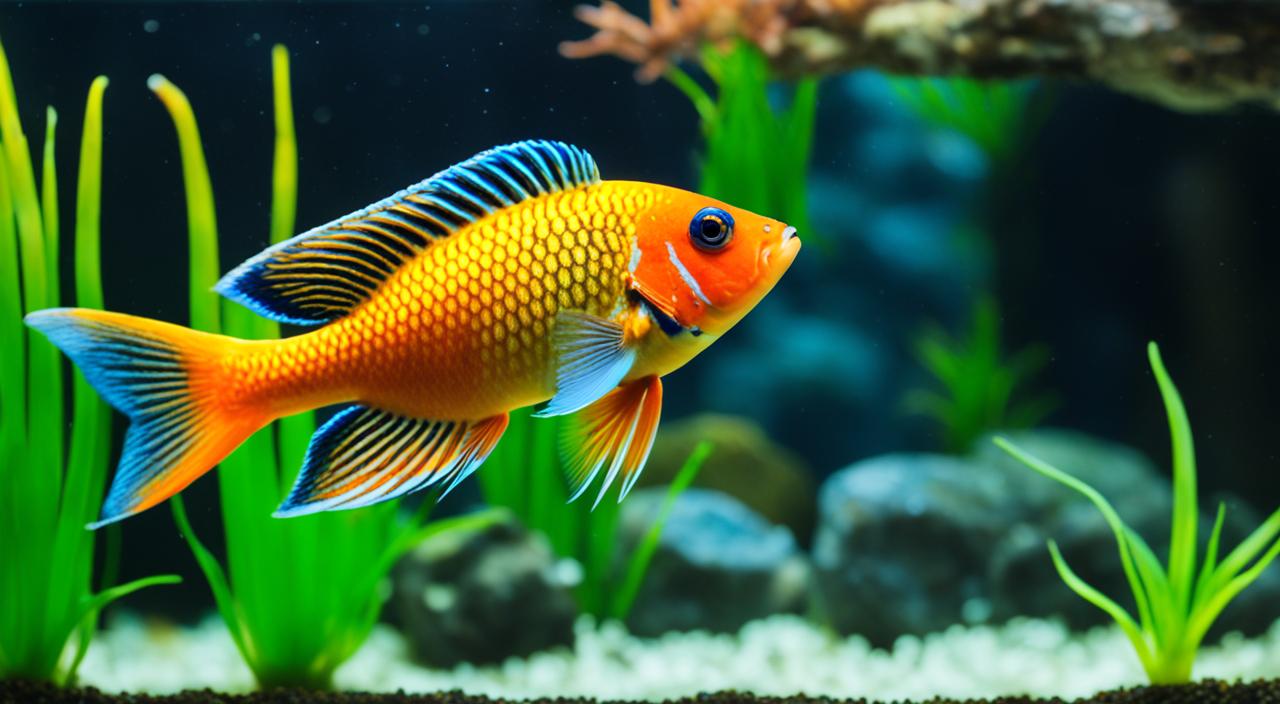

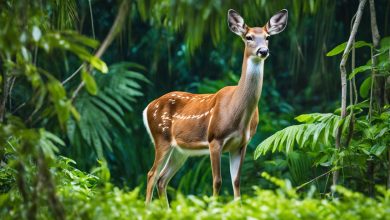
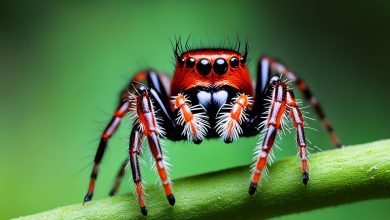
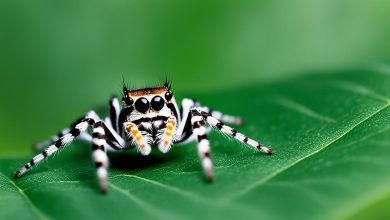
2 Comments